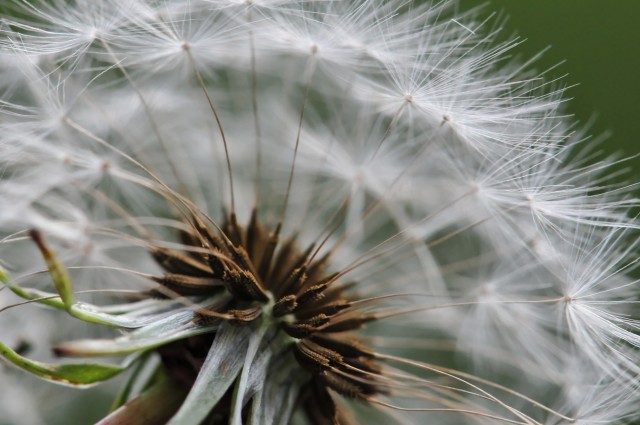Nikon 105mm f/2.8 AFS VR Micro (Macro)
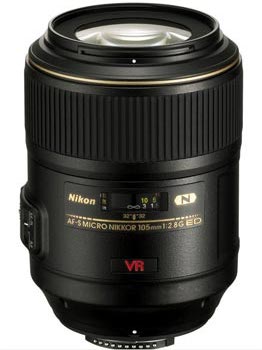
I got mine from here.
Introduction
This is a fast (f/2.8) fixed (or prime) lens that is a handy tool for macro (close-up) photography.
Nikon calls this a "Micro" lens, but the lens itself isn't small. This is Nikon's term (engrish perhaps?) for "macro" or "close-up" photography.
Just how close is "close-up" in these terms? Well, this lens is capable of a 1:1 magnification. This means that something that is 2mm in size would take up 2mm on a negative, if you took its picture using a film camera and this lens. That's close!
Nikon has made several versions of this lens. Older types are the non-D (or AI-s) and work okay. If you're investing the money, I recommend spending the extra for the D type. It is newer and the D will communicate better with your camera's body to calculate flash exposure and it is often handy to have the D data in your EXIF for your image files.
The newest version of this lens is a super-expensive AF-S with VR. I have not personally tested this new version, but I love this version so much I'm sure you would as well. If you have more money than brains then sure, go for the AF-S VR, but what you save by not spending on that you can buy another memory card.
Specifications
This lens is surprisingly light for its size and being a professional lens with reliable metal filter mounts and all. The optics are 14 elements arranged in 12 groups. There are two elements with special coatings to reduce glare: one is the common ED coating and another has the fancy new Nano-Crystal coating (see the big gold N on the lens body) for even better reduction of lens flare and ghosts.
Minimum Aperture: f/2.8 (at infinity)
Maximum Aperture: f/32 (at infinity)
Note: at the other end of the focus range (the 1:1 end) these number change to f/5 and f/57 respectively.
The diaphragm has 9 special rounded blades producing smooth and creamy bokeh making this lens great for portriats (if you stand back far enough) and the out-of-focus elements in your macro photography will look just that much more pleasing.
Included is a very long (plastic) lens hood which should keep out all stray light.
Also making an appearance on this revision of the lens is VRII, or Nikon's second generation of optical Vibration Reduction technology. As I mostly do macro on a tripod, with lots of flash, or both I find that VR is a little unnecessary here. But, since the lens has such great bokeh making it a good portrait lens, one might find themselves using it in a lower-light situation where this could help. Having the VR should not be a deciding factor about getting this lens, its older brother (the 105mm AF-D non-VR), or any other lens instead. You likely wouldn't buy one lens because it has a nicer lens hood, so treat VR in the same respect: it is nice when the manufacturer provides it, but don't feel you have to ask.
Filter Thread: 62mm and plastic. This is an odd-ball size for Nikon lenses. The old 105mm AF-D non-VR had 52mm (a normal Nikon size) and they were solid metal. This is important to me as I have the fancy close-up lighting kit from Nikon and so I hang lights and modifiers from the filter ring. I wish this newer lens had real metal filter threads. But, this lens doesn't telescope in and out when you focus. This is an advantage when using that close-up lighting kit since the focus motor doesn't have to move any more weight.
Performance
AF is fast - like land-speed-record fast! Wow! But I don't use it that much. If I'm shooting Macro then I almost always shoot manual focus. The only exception might be if I'm going to hand-hold a tree branch or something in front of the camera, then I'll switch over to AF.
MF is nice and easy since this is an AFS lens. If I do leave the lens in AF-mode I can grab the nice big focus ring and manually focus any time I want. This is an advantage over the older AF-D lens, but even there I could switch between MF and AF without taking my eye from the camera's view finder as it has a nice AF/MF collar. So, AFS isn't a big selling point over the older lens.
The lens feels great in my man-sized hands. I find it more comfortable to use than the older 105mm lens. I like the "fatter" lens as I feel I have a more sturdy grip on everything and it is a little longer as well. If you have dainty little hands you may find the new lens to be too big and manly for you.
This lens is super sharp. I find it to be sharper than the old 105mm non-VR lens and this is a reason to consider stepping up. Combine this extra sharpness with the better bokeh and you can make some really awesome photos.
The newer VR lens also has a gold ring around it to signify it is a professional lens. This show-off feature is right out at almost the very tip so it is harder to hide from an Uncle Bob at a wedding as it just gives them more to talk about.
Examples
Following are some sample photos to demonstrate the power of this type of lens and some general uses which will likely yield good results. If you shoot things like these, then this lens may be a good one to think about adding to your camera bag.
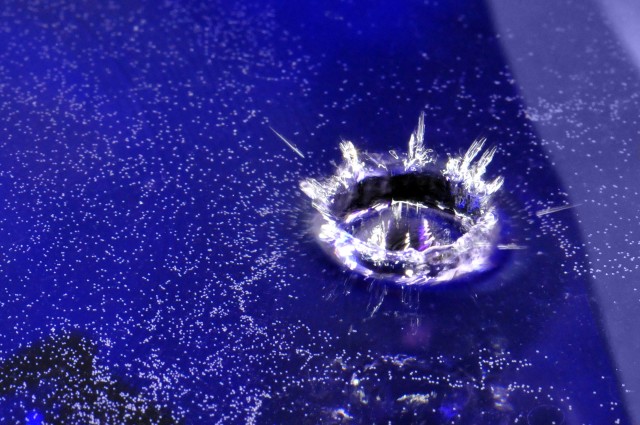
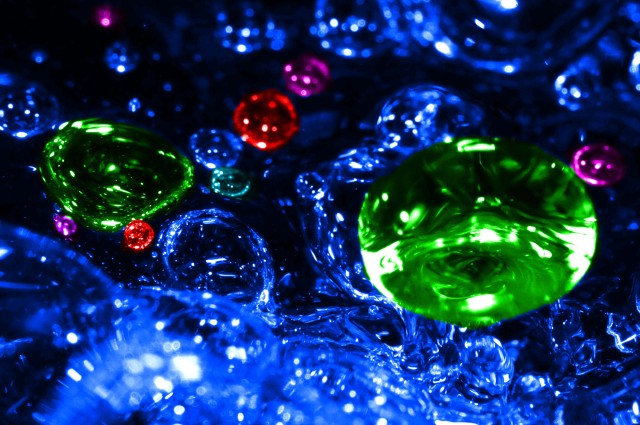
To see how I made the two photos above, check out this article on water drop photography.
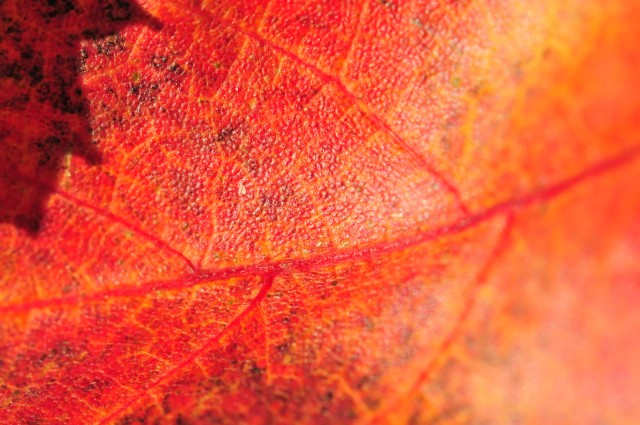
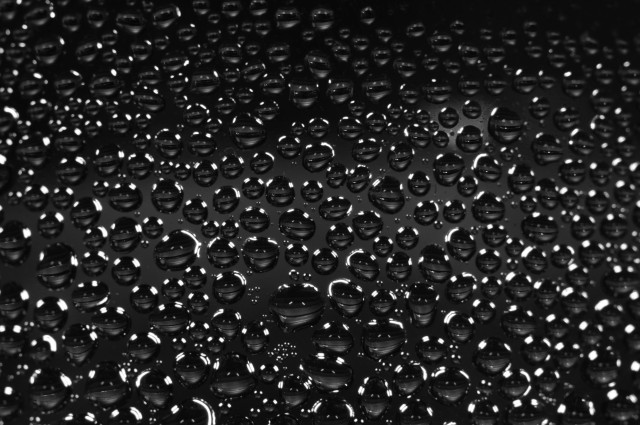
The photo above is actually of little water drops formed from condensation inside of a plastic water bottle.
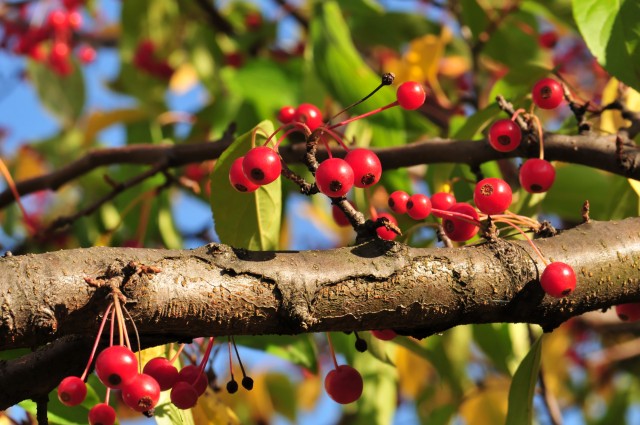
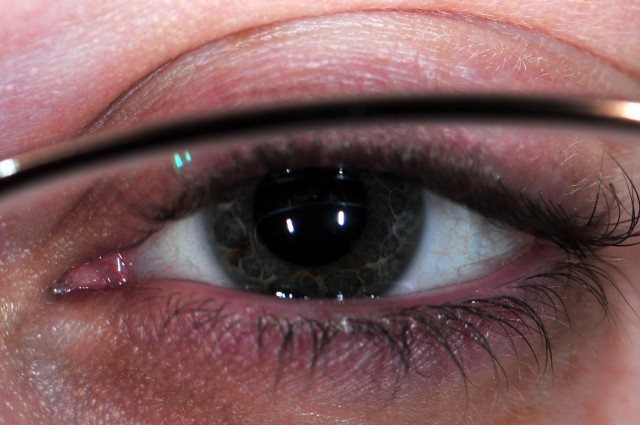
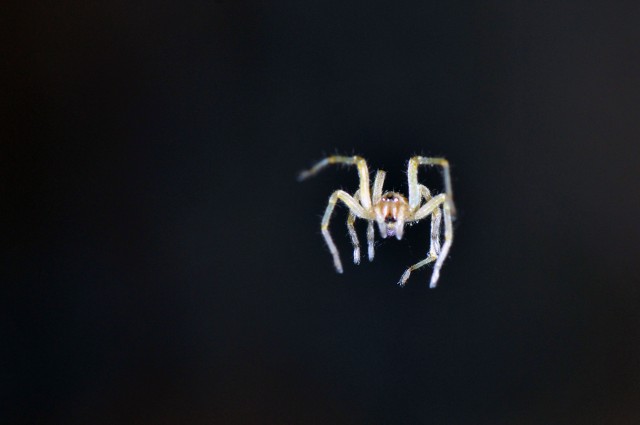
This spider was making a web in my basement by dropping from the ceiling with a long piece of web and then walking over to the wall to hike up again. He is seen here slowly falling.
